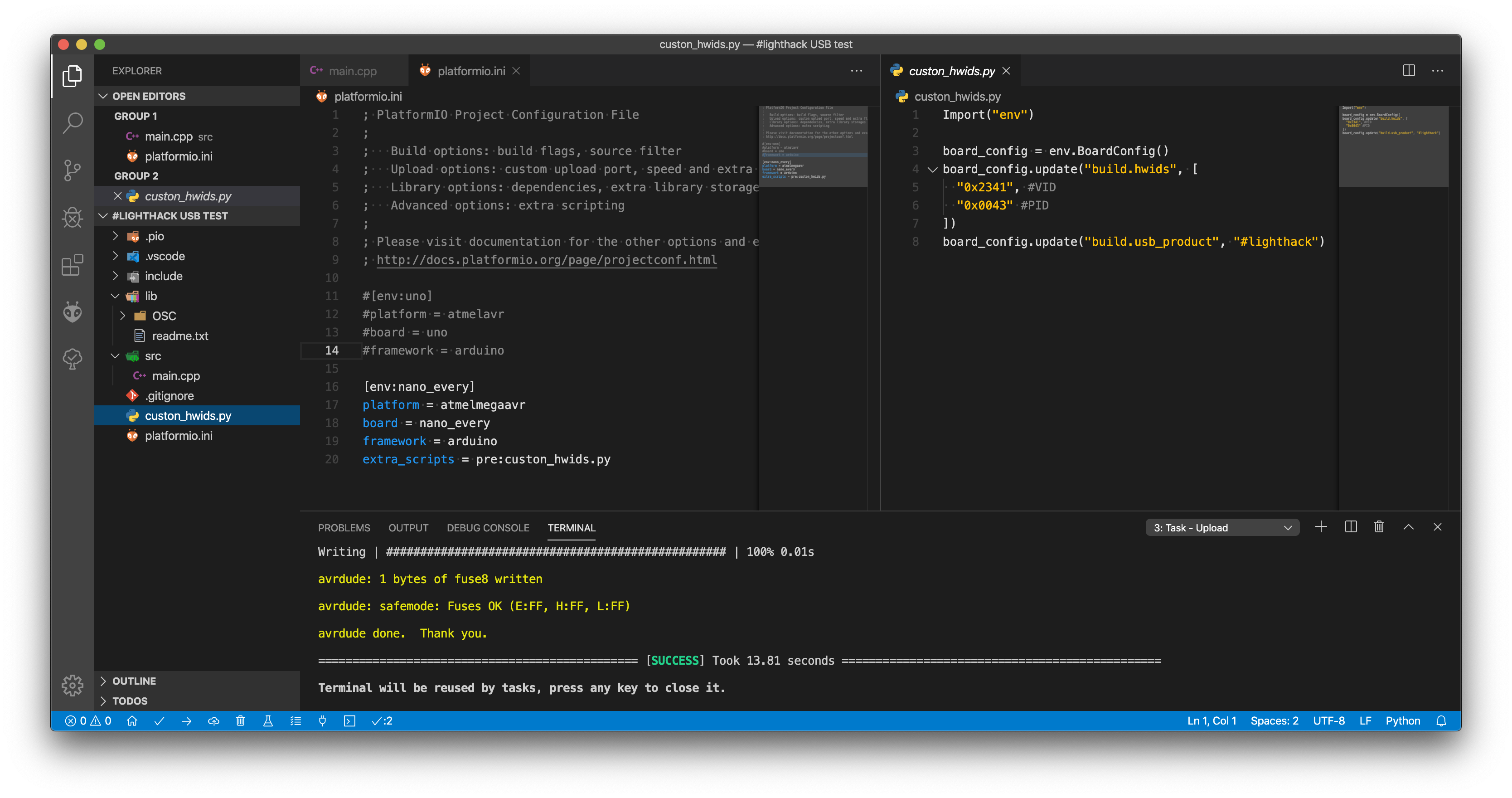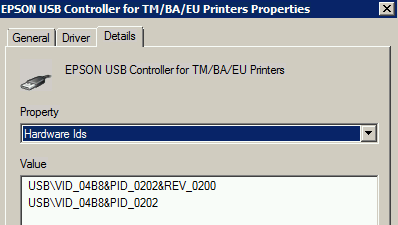
These reports can be gathered in a variety of ways, either by examining outbound web proxy logs (may we shamelessly suggest Websense Triton Security Gateway), creating an IPS rule in an open source intrusion prevention system such as Snort or Suricata, or by simply monitoring a SPAN port using a sniffer such as Wireshark.
#Usb vid pid lookup windows
Depending on your operating system, reports are encoded into a GET request to (Win XP, Vista, 7) or in Windows 8.

In Windows Vista and later, these reports became automated and are part of an opt-out program that Microsoft estimates nearly 80% of PCs in the world participate in. This includes the times that a new USB device is plugged into a computer. In Microsoft Windows environments, a report is sent to Microsoft each time a hardware change happens to a PC.
#Usb vid pid lookup how to
How to know each time a new USB device is connected to your network The best part of this? Your company can implement this monitoring for free. Today we will demonstrate how you can harness intelligence from these crash logs to detect and monitor new USB devices being connected to the network, and hence gain insight into where your company's sensitive data is going. We mentioned in the last blog post that the information sent as part of crash logs could be harnessed by organizations. This knowledge can help organizations detect USB drives and devices such as those used in the KCB and Snowden leaks, and automatically generate reports when they are plugged into a secure system. Organizations can use knowledge about their content and how to decode these messages to detect USB drives and devices that could be a risk to the organization. These logs are sent to Microsoft via HTTP URL-encoded messages. We were surprised to learn that a USB drive insertion considered a hardware change, and that detailed information about the USB device and computer that it was plugged into being sent to Microsoft. Watson, sends detailed telemetry to Microsoft each time an application crashes or fails to update, or a hardware change occurs on the network. In a previous blog post, we discussed how Microsoft Windows Error Reporting (WER), a.k.a. Harnessing Application Telemetry to Protect Your NetworkĪs we will discuss in this blog post, there are a number of that a company's security teams can do to detect suspicious activity which may be the result of data theft.

Traditional defenses such as firewalls, antivirus, intrusion prevention and sandboxing solutions do very little to protect against data theft from within a company, where an employee may wittingly or unwittingly steal intellectual property or other sensitive data, using valid credentials.Ī new breed of solutions designed to protect information, such as Websense's DLP (Data Leak Prevention) products are designed to work with existing security solutions and business policies to protect against deliberate or inadvertent transmission of a company's sensitive data from the network. How is it that an IT consultant was able to siphon account data with a USB drive from his company over an 11 month period? Most security solutions are based on the principle of perimeter defense and keeping the bad guys out.
#Usb vid pid lookup download
If you're ready to dive in now- go ahead and download the queries and lookups on GitHub now. In this blog we will discuss (and provide source code) to enable organizations to start protecting their sensitive data by harnessing intelligence from applications already running on their network. Other examples included the LA Times reporting that Edward Snowden used a USB drive to steal classified documents from the NSA. Just last week, a consultant working for the Korea Credit Bureau was arrested for allegedly stealing the credit card numbers, social security numbers, and personal details of more than 105.8 million accounts by copying them to a USB drive over an 11-month period.

Data breaches and the theft of intellectual property as well as personally identifiable information (PII) are one of the biggest risks that businesses face, and an area that very few security solutions address.


 0 kommentar(er)
0 kommentar(er)
